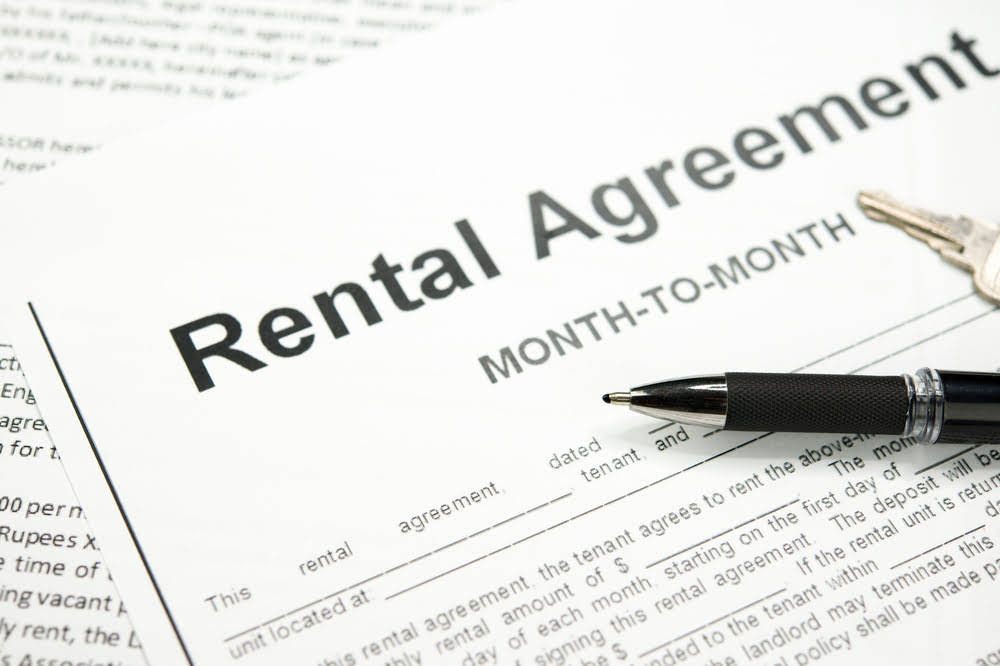
By being proactive, businesses can adjust their strategies, ensuring their inventory remains fresh, relevant, and in line with market demands. Obsolete inventory is inventory that a business can no longer sell due to a lack of demand. Products typically become slow-moving inventory, then excess inventory, and finally , obsolete inventory. Obsolete inventory has the potential to disrupt even a very successful brand’s supply chain and fulfillment processes, as well as its profit margins. Learn more about obsolete inventory , why it matters, and what brands can do to decrease and manage obsolete inventory .
- This is usually done when a product has become so outdated that it has no value left or is a net negative for the company.
- By manufacturing systems only after receiving customer orders, Dell can minimize excess stock and adapt quickly to changes in component availability or customer preferences.
- The $1,500 net value of the inventory less the $800 proceeds from the sale has created an additional loss on disposal of $700, which is charged to the cost of goods sold account.
- You can also use automated systems to detect when certain items are becoming obsolete and adjust your inventory accordingly.
- Lean manufacturing is a systematic approach to minimizing waste and maximizing efficiency in production processes.
- In this article, we discuss how to avoid, identify, reduce, and manage obsolete inventory to ensure a more profitable business.
Ways to Identify Obsolete Inventory
By maintaining a strong reputation for quality and innovation, businesses can mitigate the negative impact of obsolete inventory on their brand and maintain customer loyalty. Furthermore, if customers receive obsolete or outdated products, they may become dissatisfied and may be less likely to do business with the company in the future. If a business inaccurately predicts customer demand for a particular product, they may produce or purchase more inventory than is needed, resulting in excess inventory that becomes obsolete. Conducting regular market research and engaging with customers to understand their changing preferences can also help businesses to stay ahead of the curve and avoid holding onto unsellable inventory. Unfortunately, it can be difficult to identify and manage obsolete inventory, especially if a company has a large and diverse product line. In this article, we will provide a comprehensive guide on how to manage and avoid obsolete inventory.

Supply Chain Financing
- They should ensure that the third-party buyers they work with adhere to ethical and responsible business practices and that the products being sold are not counterfeit or defective.
- Advanced analytics tools can further enhance your ability to anticipate fluctuations in demand, helping you adjust inventory levels accordingly and minimize the risk of obsolescence.
- Inventory can tie up cash flow, hence why obsolete inventory should be addressed sooner rather than later.
- This type of inventory has to be written down and can cause large losses for a company.
- In many cases, time restrictions can leave these system calculations incomplete and inaccurate.
- Without proper inventory planning — including the tools and technology to help track inventory in real time — optimizing inventory levels can be a challenge.
- Another reason could be the intense competition in the industry, where you cannot just catch up with your competitors.
Inventory refers to the goods and materials in a company’s possession that are ready to be sold. It is one of the most important assets of a business operation, as it accounts for a huge percentage of a sales company’s revenues. Even though inventory costs must be adjusted down to the lower of cost or market, this does not mean that inventory costs are adjusted upward if the price recovers. GAAP specifically prohibits companies from writing up the cost of inventory in almost all circumstances. However, it is important to note that remarketing may not always be successful, especially if the product is truly outdated and no longer in demand. Therefore, it is important to carefully evaluate the https://x.com/BooksTimeInc viability of remarketing before investing time and resources into this strategy.
Obsolete Inventory: How to Identify, Manage, & Prevent It
Be aware of the tax implications and consider the financial impact on your business before making this decision. Writing off inventory can provide some relief and allow you to focus on more successful products. Bundle your slow-selling items with popular products to make the deal more enticing. Offer complementary product pairings, special packages, or gift sets to encourage customers to purchase.
Looking for a better fulfillment solution?

While managing existing obsolete inventory is crucial, implementing proactive strategies to prevent the accumulation of obsolete stock is equally important for long-term operational efficiency and profitability. In cases where obsolete inventory cannot be sold, repurposed, or donated, scrapping may be the only viable option. This involves physically disposing of the items in an environmentally responsible manner, such as through recycling or proper disposal channels. While scrapping may result in a complete loss of the inventory’s value, it can help free up valuable warehouse space and eliminate ongoing carrying costs.

- The write-down or write-off is recorded as an expense, meaning the loss is recognized in the current period.
- If items still have sales potential in a specific market, you could rethink your marketing strategy.
- Internet of Things (IoT) and Sensor Technology can be integrated into warehouses and storage facilities to monitor environmental conditions, such as temperature, humidity, and light exposure.
- Accounting rules require that a company must write down or reduce the reported value of inventory to the market value on the financial statement when the market price of the inventory falls below its cost.
- With today’s technology and customers’ high expectations, the product lifecycle has become shorter across industries, making inventory become obsolete much faster (e.g., fast fashion).
This can help them avoid the negative financial and operational impacts of obsolete inventory. Large, recurring inventory write-offs can indicate that a company has poor inventory management. The company may be purchasing excessive or duplicate inventory because https://www.bookstime.com/ it’s lost track of certain items or it’s using existing inventory inefficiently.

Business Financing For Technology Companies
Creating product bundles that include obsolete items along with more desirable products can be an effective way to increase the perceived value of the obsolete inventory and facilitate its sale. This strategy can be particularly useful for items that may not be attractive as standalone products but could serve as valuable add-ons or accessories. Obsolete inventory takes up space in the warehouse and counts as an expense on the balance sheet. Ultimately, obsolete products can decrease profitability and the success of a company. Lenders may be less likely to offer definition of obsolete inventory business loans to companies with a high level of obsolete products.
